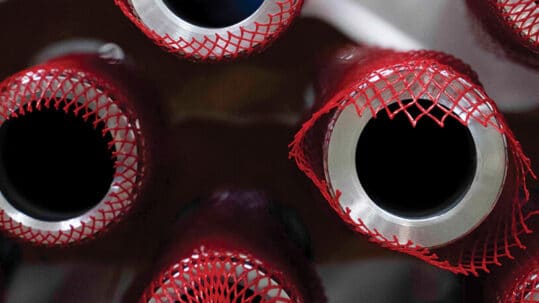
A history of electroplating: from the 1850s to the Gilded Revival
In our last blog on the history of electroplating, we covered the invention of what would become the standard electroplating technique. We left off with the Elkington cousins, whose experiments with gold and silver plating made them a commercial success. This time, we’re looking at how those techniques developed over the turn of a century and through two world wars.
Electroplating in Europe

The Elkingtons were successful almost immediately, with huge demand for their plated products. At this time, electroplating was largely used for decoration, though the printing industry was using copper plating for its presses. Following the Industrial Revolution, there was a newly-wealthy middle class in Britain, with an appetite for beautifully plated artefacts. Similarly, the Russian aristocracy desired gold-plated items to demonstrate their enormous wealth.
In 1871, the invention of a dynamo generator by Zénobe Gramme made electroplating both more accessible and cost-effective. This led to electroplating businesses being founded across Europe. At the same time, the British Empire was expanding, covering the globe. In its wake it brought British culture, fashions, and inventions, of which electroplating played a major part.
However, in both British and European society, electroplating counted as a trade, rather than a science. This meant that the formulae and techniques using the process were jealously guarded as trade secrets. Producers of electroplated materials were not free with their research as the founding scientists had been. This caused the process to become unreliable and developments in electroplating began to stagnate.
A new century

As we entered the 20th century, electroplating began to be recognised as a science. In 1913, the American Electrochemical Society held a symposium on the electrodeposition of metals. The Society gave Francis C. Frary a grant to collect all electrolytic gold and silver recipes from around the world. Later that year, Frary published his work – 193 recipes in total – representing the sum knowledge of electroplating at that time. It was a turning point. Electroplating was now a science, instead of a trade secret.
The Gilded Revival

The 1940s saw a surge in the electronics industry and a subsequent need for quality gold plating. This led to the first significant changes to the electroplating process since the mid-19th century. Scientists developed safer, more effective methods of electroplating, ones that didn’t require dangerous cyanide baths. Almost overnight, the industry replaced cyanide baths with acid baths. They also began using gold electrolytes containing no excess cyanide.
With the Gilded Revival over, we were about to start the Silicon Age, where electroplating would again prove invaluable.
That’s a story for our next (and final) instalment.

-
A history of electroplating: from 1970 to the modern day
Join us as we look at the major developments in electroplating, from 1970 through to the modern day....




